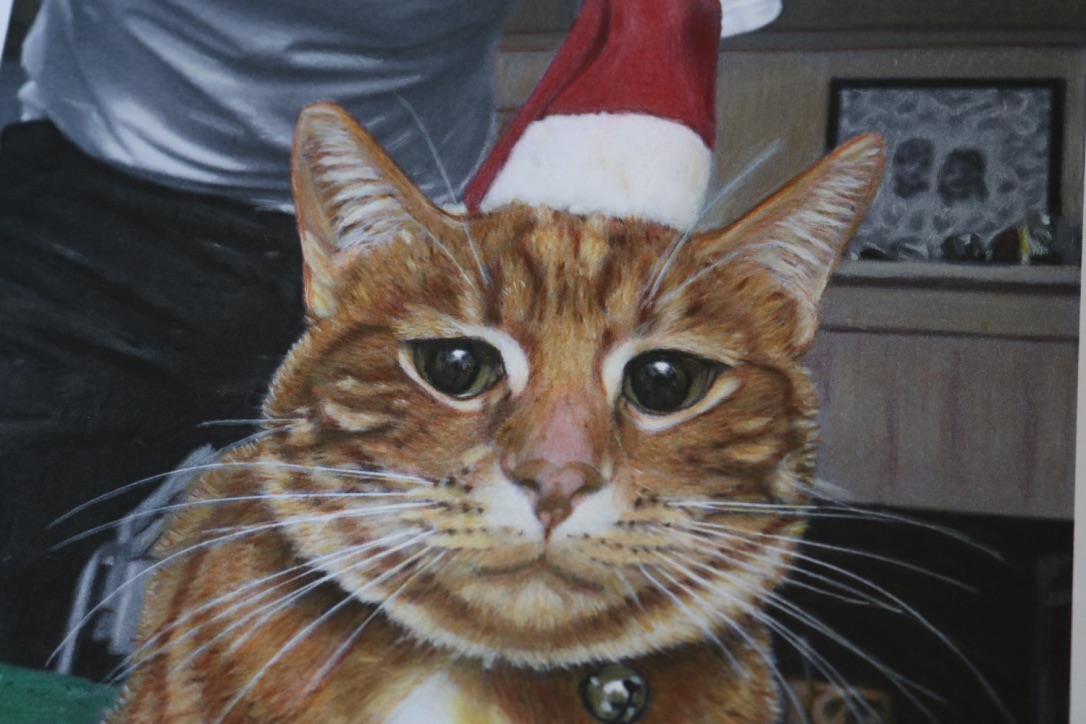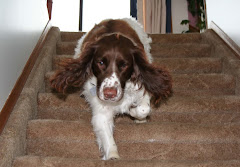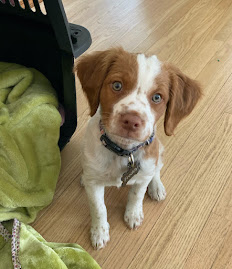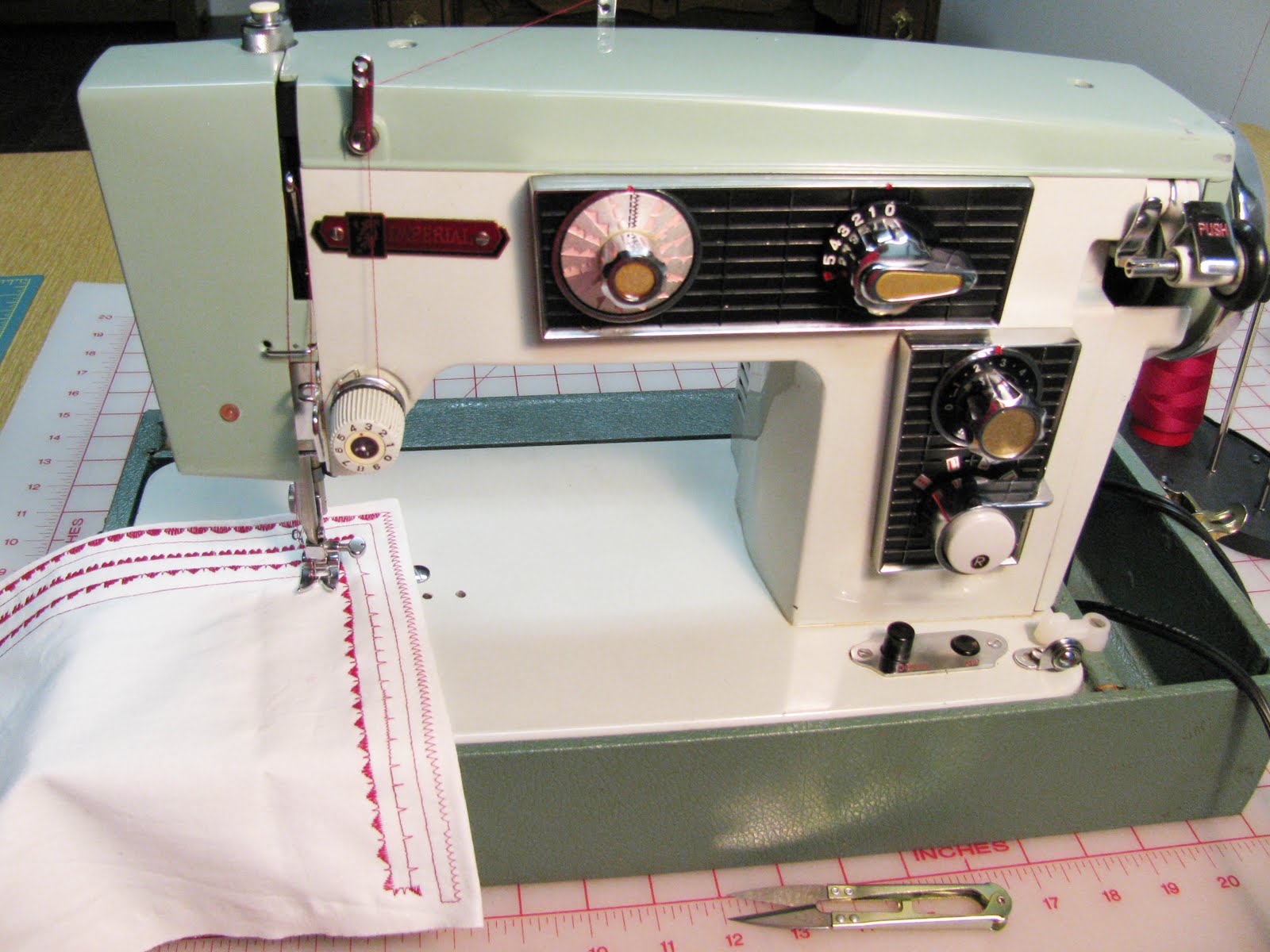The shinny black machine head, gold decals and chrome trim were all pristine. If it wasn't for the wear on the foot pedal it would be hard to tell this was a vintage machine. I think this sewing machine was well used and well loved. Most likely discarded by someone other than the person who used it. I'm guessing the accessories and manual were also dumped. A closer inspection revealed that the motor belt was very frayed and the light bulb is missing.
Nonetheless, this machine is gorgeous! I didn't polish it at all for these photos, this is exactly the way she looked...fresh from the dumpster.
This Piedmont is a clone of the Singer 15 series. It uses class 15 bobbins, standard needles and short shank screw on feet. There is a knob on the base beside the bobbin winding spool pin to drop the feed dogs.
The machine had five bobbins all with thread, one needle in the machine and the bobbin casing. I spent $5 CAD to purchase a new motor belt. After installing the new belt, the motor was smoking and stinky so I spent another $10 to get the motor refurbished.
People who lived during the great depression were extremely frugal with thread, they would wind more than one colour on the spool. I wonder if they ever used the colours underneath.
I did some sample stitching with it. The motor runs hums along as it sews. I put red thread in the top needle and yellow in the bobbin. Even with the bobbin screw tightened as tight as it would go and the upper tension set as low it will go the stitch is still not locked in the centre.
See the little red dots on the reverse side. I'm going to clean the upper tension disks with dental floss and see if that fixes the problem. Jenny at sew classic provides excellent tutorials for cleaning and fixing vintage machines. She also sells parts. After checking Jenny's instructions on tension issues, I tightened the upper tension to 4.5 and left the bobbin tension as is.
The purple scrap had too many tracks running across it. The red thread is the top and yellow is the bottom. The tension is fixed! Yippee~ dancing around the room with glee!
My goal of reducing my sewing machine collection from 12 machines to only 8, just took another step backwards as I now own 13 machines again. ~sigh
- 1910 Bernard Stoewer Treadle - Bernice manufactured in Germany
- 1940 Singer 15-91 - Pearl
- 1940s Singer 15-89 Treadle - Rose
- 1940s Piedmont - manufactured in Japan. This machine will be donated or sold once I buy some accessories for it.
- 1954 Elna Supermatic - manufactured in Switzerland. This machine is listed for sale on kijiji Winnipeg because it is operated with a knee bar which I do not like.
- 1954 Necchi Mira BU - Mira manufactured in Italy
- 1961 Necchi Lelia - Lelia manufactured in Italy
- 1956 Domestic Automatic - Wilma manufactured in Japan will be given to my son.
- 1970 Elna Supermatic - Ella manufactured in Switzerland
- 1979 Husqvarna 6570 - Ruby manufactured in Sweden
- Bernina Nova 900 - Novalee manufactured in Switzerland between 1982-85
- 1983 Bernina 930 - Helga manufactured in Switzerland
- Pfaff QE 4 - Big Bertha manufactured in China with German engineering.
Dear readers, how many sewing machines do you have? Do you have any favourites? If you collect them, why? Do you name your sewing machines?





































































